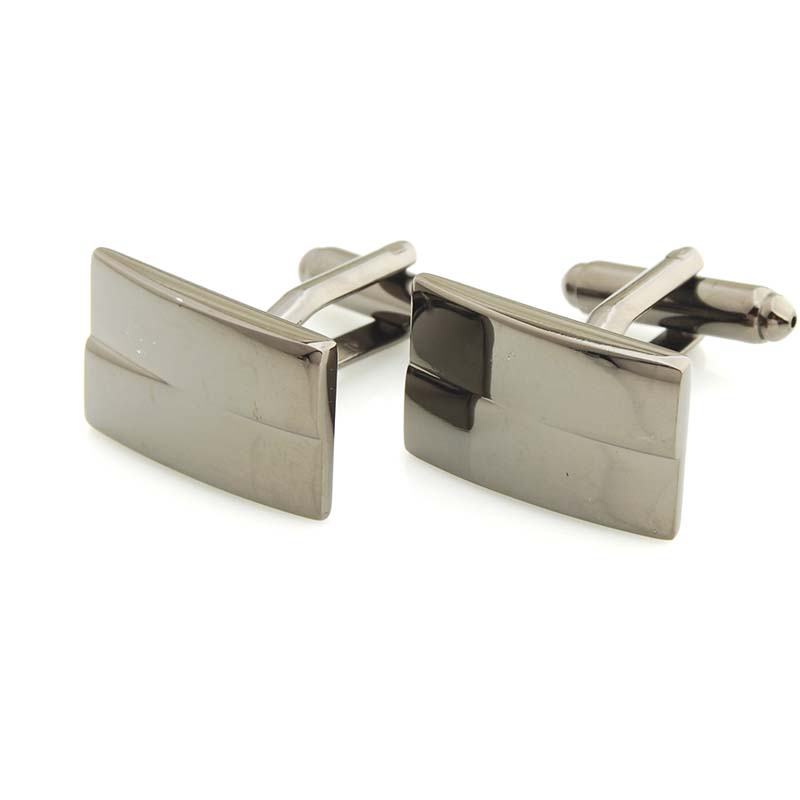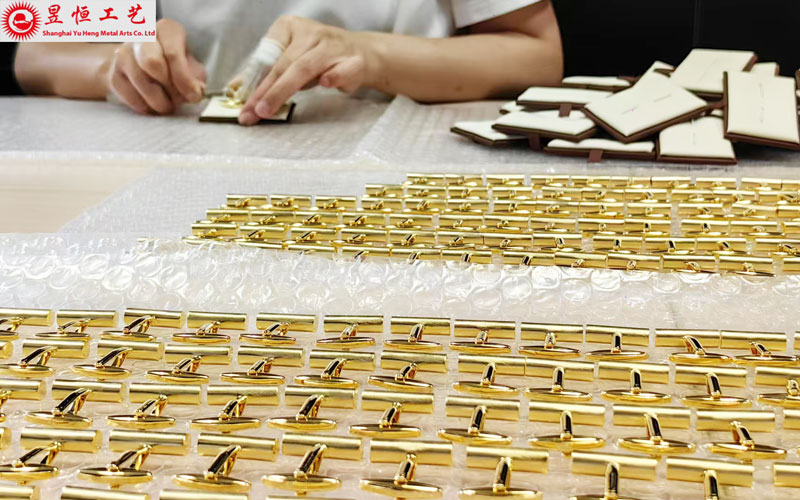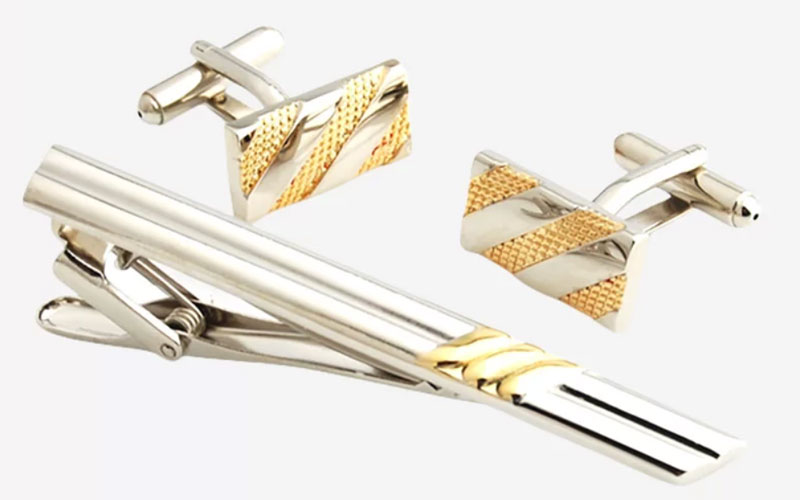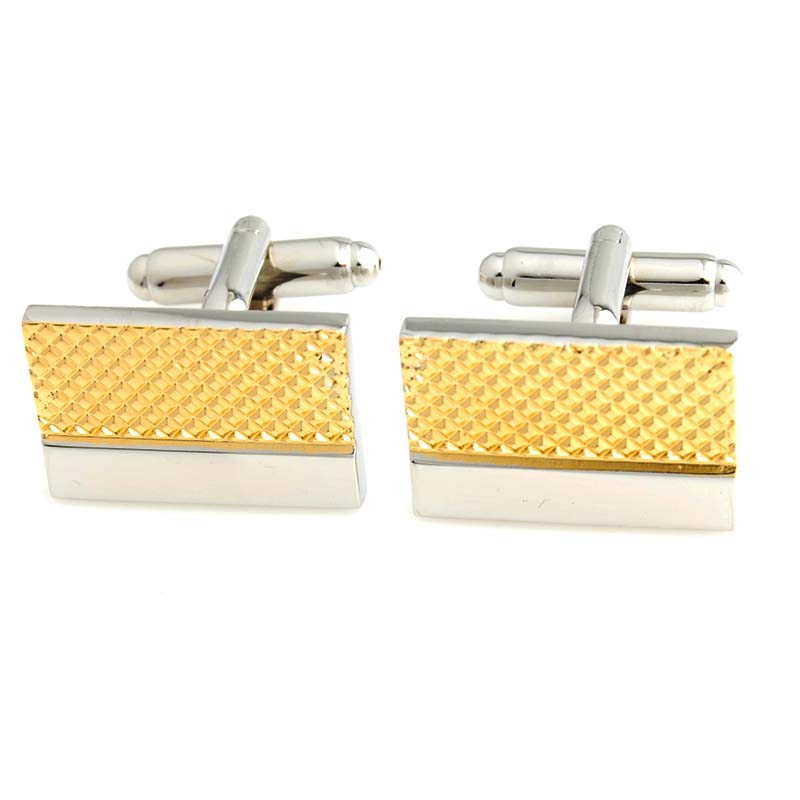Custom cufflinks have evolved from being mere functional accessories to becoming a statement of personal style, professionalism, and luxury. Whether you are a business professional, a groom looking for unique wedding cufflinks, or a brand aiming to make a lasting impression, working with a custom cufflinks manufacturer can help you achieve your vision. However, understanding the process, materials, design considerations, and costs is essential before placing an order. In this article, we will explore everything you need to know when working with a custom cufflinks manufacturer, step by step.

Why Choose a Custom Cufflinks Manufacturer?
When it comes to cufflinks, mass-produced options often lack uniqueness and personal appeal. Partnering with a professional custom cufflinks manufacturer offers several advantages:
Personalization: From initials to logos and custom patterns, you can create cufflinks that reflect your identity or brand.
Material Variety: Choose from brass, stainless steel, silver, gold, carbon fiber, mother-of-pearl, and other premium materials.
High-Quality Craftsmanship: Skilled manufacturers ensure precision in engraving, plating, and finishing.
Special Techniques: Options like enamel filling, stone inlays, and multi-layer metal effects add luxury and durability.
Branding and Gifting: Perfect for corporate gifts, weddings, awards, and exclusive merchandise.
Understanding the production process will help you communicate your ideas clearly and avoid unnecessary costs.
Fully Customization Process
Step 1: Make Out the Design
The first step in working with a custom cufflinks manufacturer is finalizing your design. This involves:
Discussing your ideas in detail, including preferred style, logo placement, or any specific pattern.
Choosing the production method: die-struck, cast, or machined.
Negotiating details to ensure feasibility and quality.
Designing cufflinks requires balancing aesthetics with practicality. For example, intricate designs might require wax casting or CNC milling to capture fine details accurately. Simpler designs can be die-struck for a classic look.
Tips for Design Selection:
Opt for clear, legible logos or monograms.
Avoid overly thin lines that might not translate well to metal.
Decide on the size and shape of the cufflink, keeping comfort in mind.
Example Design Patterns:
Round, square, or oval shapes
Logos engraved or inlaid
Combination of metals for a two-tone effect
Gemstone or enamel embellishments
Step 2: Confirm the Artwork and Costs
Once the design is ready, the manufacturer will prepare artwork proofs. This is your chance to ensure accuracy before production begins.
Key Considerations:
Verify the artwork for exact logo placement, colors, and proportions.
Review costs, including mold fees, sampling fees, and production costs.
Confirm freight options and lead times if shipping is required.
Artwork Approval Checklist:
| Item | Details to Confirm |
|---|---|
| Design accuracy | Ensure logo, text, and pattern match specifications |
| Colors/Plating Options | Check if plating or enamel matches the desired effect |
| Sample Requirements | Confirm if a physical sample or 3D mockup is needed |
| Cost Breakdown | Mold fee, sampling, unit cost, shipping, taxes |
| Production Timeline | Lead time for mold, sample, and bulk order |
This step prevents misunderstandings later in production, reducing the risk of additional charges or rework.
Step 3: Start the Mold Engraving
Mold making is one of the most critical steps in cufflink production. Depending on the material and complexity, the mold can be made from:
Steel columns
Brass sticks
Wax blocks
Methods:
Digital engraving with CNC machines
Hand engraving by skilled artisans
A precise mold ensures that every cufflink produced is identical and maintains high-quality standards. Any mistake at this stage could lead to flawed final products, so accuracy is paramount.
Step 4: Make Out the Front Piece
The front piece is the visible part of the cufflink. Manufacturers use various methods to create it:
Die-striking: Pressing a metal sheet into a mold to create detailed patterns.
Wax-lost casting: Suitable for intricate designs and stone inlays.
Injection, milling, or cutting: Used for precision shapes and modern designs.
This step determines the overall look and quality of the cufflink. Attention to detail here ensures the final product has clean lines, sharp logos, and smooth surfaces.
Step 5: Choose the Functional Back
The back or fastening mechanism is essential for comfort, functionality, and style. Options include:
Toggle backs: Classic T-bar mechanism, popular for daily wear.
Whale backs: Easy to use and secure.
Chain backs: Elegant and traditional.
Stud or fixed backs: Custom solutions for pins or tie clips.
Most backs are soldered to the front piece using silver powder or other brazing techniques, ensuring a strong bond. Choosing the right back type depends on:
Cost considerations
Intended usage
Style preference
Step 6: Plating Finish
Plating enhances both appearance and durability. After buffing, cufflinks usually receive a plating finish. Common options include:
Imitation rhodium plating (nickel-free)
Gold plating
Gunmetal plating
Rose gold plating
Antique bronze plating
Bilingual platings (e.g., silver-gold, silver-gunmetal)
Matte plating (matte gold or silver)
Nickel plating
The choice of plating affects both the aesthetic and the tactile quality of the cufflink. Premium plating options like rhodium or gold add luxury, while antique finishes offer a vintage appeal.
Step 7: Effects on Metal
The metal’s surface effect significantly influences the final look. Common effects include:
Polished/Shiny: High-gloss finish that reflects light beautifully.
Matte: Soft, understated finish that enhances elegance.
Some manufacturers also offer mixed effects, such as a combination of polished and matte areas for a dynamic appearance. This step works hand-in-hand with plating to create the desired visual impact.
Step 8: Other Available Ornaments
Ornaments and inlays further personalize cufflinks. Options include:
Metal inserts
Enamel filling (soft or hard)
Rhinestones or optical glass
Cultural or natural stones (e.g., tiger-eye, mother-of-pearl)
Carbon fiber pieces
Zircon stones
Selecting ornaments depends on:
Design complexity
Target audience
Cost constraints
For example, gemstone inlays elevate luxury, while enamel allows for vibrant colors and logo replication.

Material Options and Their Advantages
Choosing the right material is crucial for both aesthetics and durability. Here is a quick comparison:
| Material | Advantages | Typical Use Cases |
|---|---|---|
| Brass | Durable, cost-effective, versatile | Corporate gifts, budget luxury |
| Stainless Steel | Corrosion-resistant, modern look | Everyday wear, fashion-forward designs |
| Sterling Silver | Premium, elegant, high-polish finish | Luxury cufflinks, wedding sets |
| Gold (18k/Plated) | Status symbol, luxurious appearance | High-end custom orders |
| Carbon Fiber | Lightweight, modern, unique texture | Sporty or tech-inspired designs |
| Mother-of-Pearl | Iridescent, classic look | Wedding or formal cufflinks |
| Semi-Precious Stones | Adds color and elegance | Statement pieces or gifts |
Each material brings its own feel and value. Discussing material choice with a custom cufflinks manufacturer ensures you get the desired balance between aesthetics, durability, and budget.

How to Choose the Right Custom Cufflinks Manufacturer
Selecting a reliable manufacturer is as important as designing the cufflinks themselves. Consider these factors:
- Experience: Manufacturers with years of experience are more likely to deliver high-quality products.
- Customization Capability: Ensure they can handle your specific design, plating, and ornament requirements.
- Quality Control: Ask about inspection processes and sample approvals.
- Lead Times and Flexibility: Can they meet your delivery schedule and handle urgent orders?
- Customer Support: Responsive communication is critical for smooth collaboration.

Tips for Ordering Custom Cufflinks
- Start Early: Custom production involves multiple steps; starting early ensures enough time for design, sampling, and production.
- Request Samples: Physical samples help verify quality, plating, and engraving accuracy.
- Clarify Costs: Understand mold fees, unit costs, and additional charges before confirming.
- Use Clear Artwork: Vector files and high-resolution logos yield the best results.
- Confirm Final Approval: Double-check every detail, from design to plating, before bulk production.

Conclusion
Working with a custom cufflinks manufacturer offers the opportunity to create unique, high-quality accessories that reflect personal style or brand identity. By understanding the production process—from design and mold making to plating and ornament options—you can make informed decisions that result in cufflinks you’ll cherish for years.
Whether you’re creating cufflinks for a wedding, a corporate gift, or a luxury fashion line, partnering with a skilled and experienced manufacturer ensures precision, quality, and satisfaction. Always prioritize design accuracy, material quality, and clear communication to achieve the best results.
Investing in custom cufflinks is not just about purchasing an accessory; it’s about crafting a piece of art that combines elegance, style, and personal meaning.
Ready to Start Your Custom Cufflinks Project?
If you’re in search of a reputable cufflinks manufacturer with years of expertise, advanced craftsmanship, and full OEM services — Shanghai Yuheng is a strong choice. Based in China, we specialize in brass cufflinks and metal crafts, supporting clients worldwide with quality products and factory-direct pricing.
📩 Contact us for a quote or to request samples.
